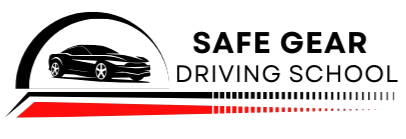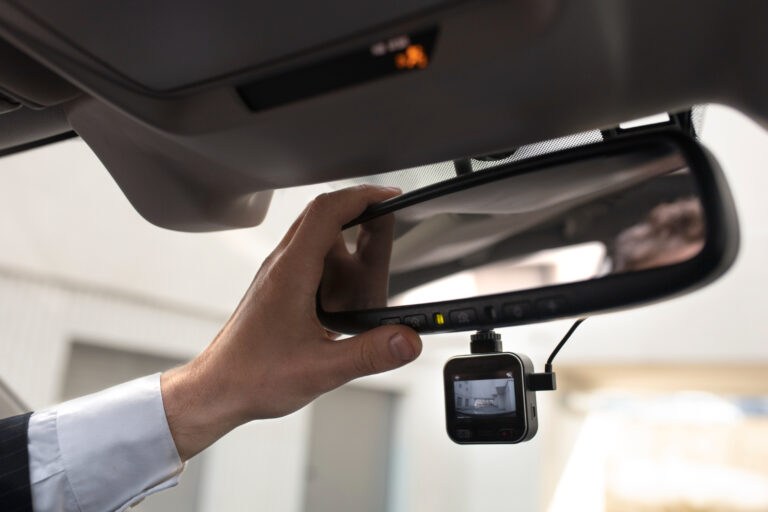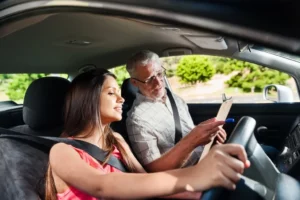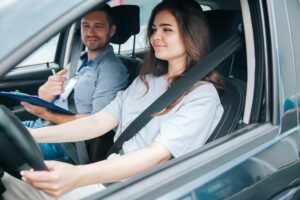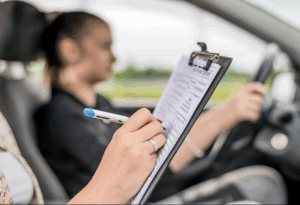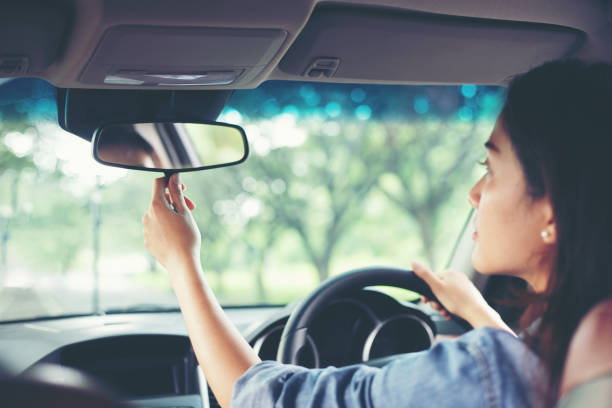
The importance of mirrors in driving cannot be overstated. Mirrors are often taken for granted in everyday driving, but they play an essential role in ensuring the safety of the driver, passengers, and other road users. When it comes to driving, using mirrors correctly is a key skill that every driver should master. In this blog, we’ll explore the importance of mirrors, types of mirrors in your vehicle, and how to use them effectively to avoid accidents and drive confidently.
The Importance of Mirrors in Driving: A Key to Safer Roads
The importance of mirrors in driving is often underestimated, yet mirrors are one of the most essential tools for maintaining road safety. Whether you’re a new driver or preparing for your G2 or G road test, knowing how to use mirrors effectively can be the difference between a safe journey and a dangerous one. At Safe Gear Driving School in Richmond Hill, we emphasize mirror use as part of every lesson to ensure our students develop lifelong safe driving habits.
Types of Mirrors in a Vehicle
There are three primary types of mirrors that support the importance of mirrors in driving:
1. Rearview Mirror
Centrally placed on the windshield, the rearview mirror allows you to monitor traffic behind you without turning your head. It’s critical during lane changes, merging, or reversing.
2. Side Mirrors
Side mirrors on both sides of the vehicle give drivers a wide-angle view of adjacent lanes. This is crucial when making turns, merging into traffic, or parking in tight spaces.
3. Blind Spot Mirrors
Attached to side mirrors, blind spot mirrors enhance visibility of hard-to-see zones. These small additions improve safety and further reinforce the importance of mirrors in driving.
Why Proper Mirror Use is Crucial
The importance of mirrors in driving goes beyond basic safety. Here’s why mirror use is vital in every driving situation:
-
Improved Awareness: Mirrors give drivers a complete view of their surroundings. Regular mirror checks help spot hazards such as speeding vehicles, cyclists, or pedestrians.
-
Safe Lane Changes and Turns: Always check mirrors before changing lanes. Most side collisions occur because of poor mirror use or blind spot checks.
-
Parking and Reversing: Using mirrors correctly prevents accidents in tight parking lots or driveways, especially when reversing.
-
Faster Reaction Time: Consistently checking mirrors lets drivers spot changes in traffic patterns early, giving them time to act appropriately.
Adjusting Mirrors for Maximum Visibility
Part of understanding the importance of mirrors in driving is knowing how to set them properly:
-
Rearview Mirror: Align it to show the full rear window without needing to move your head.
-
Side Mirrors: Adjust so you can barely see the side of your car, with most of the view showing adjacent lanes.
-
Blind Spot Mirrors: Angle them to eliminate blind zones. If you don’t have them, consider installing a pair.
-
Before Driving: Adjust all mirrors before starting your car. Never do it while driving.
Mirror Use Habits Every Driver Should Develop
To embrace the importance of mirrors in driving, make these habits part of your routine:
-
Before Lane Changes: Check rearview, side mirrors, and blind spots.
-
Every 5–8 Seconds: Glance at mirrors to stay aware of your surroundings.
-
Before and During Turns: Especially at intersections, mirrors help you anticipate overtaking vehicles.
For more safe driving practices and official guidelines, check out Ontario’s MTO Driver’s Handbook — a trusted resource for all new and experienced drivers.
Learn with Safe Gear Driving School
At Safe Gear Driving School, the importance of mirrors in driving is a core part of our training. Whether you’re booking individual lessons or preparing for your G1, G2, or G road test, we ensure students understand how and when to use mirrors for safer driving.
Our instructors teach practical skills like:
- -Mirror adjustment
- -Real-world hazard awareness
- -Blind spot checks
- -Defensive driving strategies
We don’t just help you pass a test—we help you become a safer, more confident driver for life.
Final Thoughts on Safe Driving with Mirrors
In conclusion, the importance of mirrors in driving lies in their ability to give you complete visibility, boost reaction time, and reduce risk. By checking mirrors regularly, adjusting them correctly, and making mirror use a habit, you can prevent accidents and drive with confidence.
Choose Safe Gear Driving School in Richmond Hill to master not only mirror use but every skill needed for safe, responsible driving. Our MTO-approved programs are designed for your success—on the road test and beyond.
For more safe driving practices and official guidelines, check out Ontario’s MTO Driver’s Handbook — a trusted resource for all new and experienced drivers.
